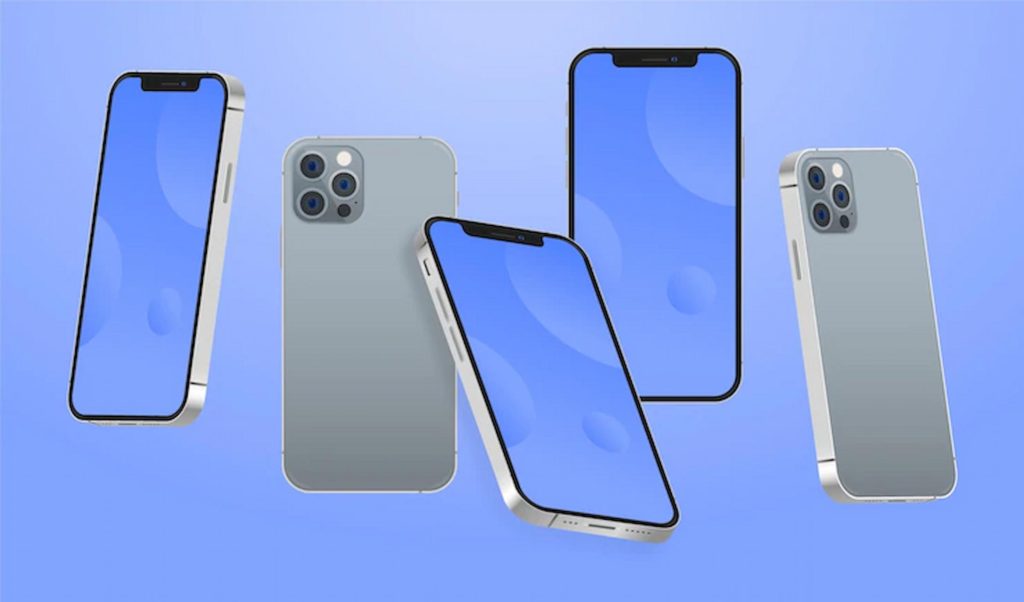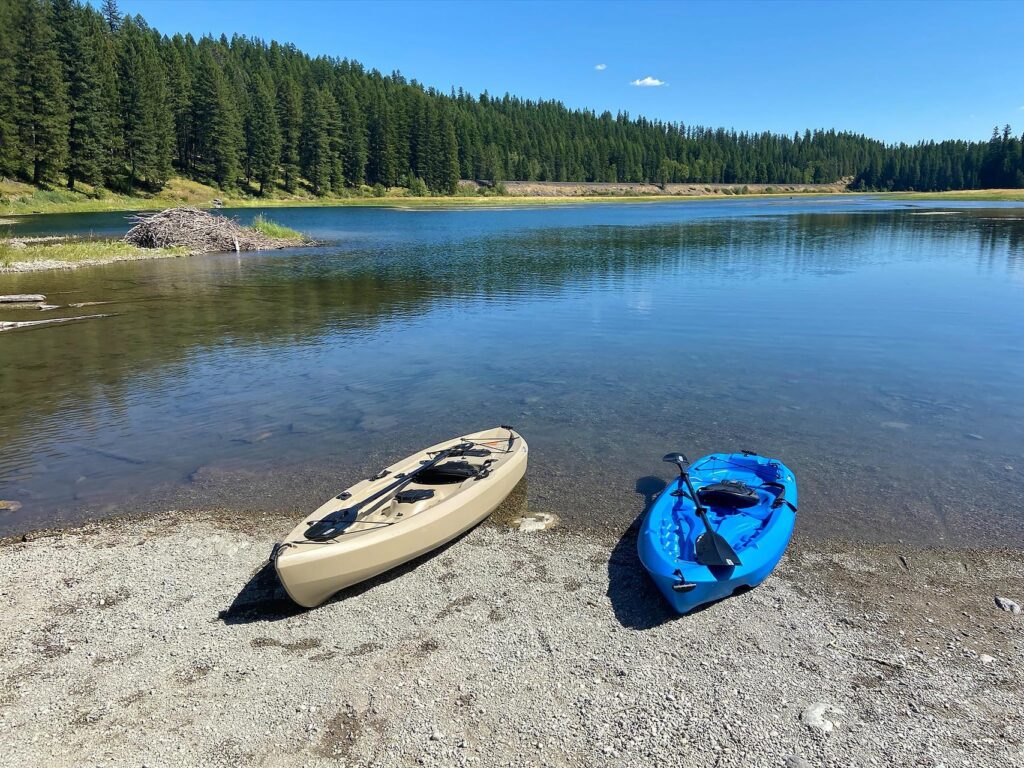Struggling to find the perfect triathlon suit? Discover the secrets to achieving the right fit for peak performance and comfort in your next race.
Whether you’re a seasoned triathlete or gearing up for your first race, the importance of a well-fitted triathlon suit cannot be overstated. A triathlon demands peak performance across swimming, cycling, and running, and the right suit can significantly influence your speed, comfort, and endurance. Ill-fitting gear can cause chafing, restrict movement, and even affect aerodynamics.
In this guide, we’ll explain everything you need to know to achieve the perfect fit for your triathlon suit. From understanding material choices to trying on suits for diverse body types, especially triathlon suits and clothing designed in the UK, we’ll ensure you’re confidently race-ready.
1. The Basics of Triathlon Suits
Before diving into how to get the perfect fit, it’s crucial to understand what makes a triathlon suit unique. Unlike traditional athletic wear, triathlon suits are engineered to perform in three disciplines—swimming, cycling, and running—without changing clothes.
Key Features of a Triathlon Suit:
- Material: Most suits are made from a blend of Lycra, spandex, or nylon, offering a snug yet flexible fit.
- Quick-Drying Fabrics: The suit should dry rapidly after the swim to prevent discomfort during cycling and running.
- Padding: Minimal padding in the seating area provides comfort for cycling without hindering your run.
- Seam Placement: Flatlock seams reduce chafing and improve comfort.
Understanding these elements will help you recognise what to look for when trying on different suits.
2. Measuring for the Right Fit: What You Need to Know
A triathlon suit should feel like a second skin—snug but not restrictive. Here’s how to take accurate measurements to ensure the best fit.
Essential Measurements:
- Chest: Measure around the fullest part of your chest, keeping the tape snug but not tight.
- Waist: Find the narrowest part of your waist, typically above your belly button.
- Hips: Measure around the widest part of your hips.
- Torso Length: Starting at your shoulder, measure down the front, between your legs, and up your back to the starting point.
Fit Tips:
- Snug Fit When Dry: The suit should feel slightly tight. It will loosen a bit in the water.
- No Excess Fabric: Look for any bunching around the shoulders, waist, or thighs. It can cause drag in the water and discomfort during the race.
Using these measurements, compare them with the sizing charts provided by brands, especially those specialising in Triathlon suits and clothing designed in UK. These brands often cater to specific body types.
3. The Role of Material and Design in Fit and Performance
Not all triathlon suits are created equal. The type of material and design details are crucial in how the suit fits and performs.
Material Matters:
- Neoprene vs. Lycra: While wetsuits are typically made from neoprene for buoyancy, tri-suits often use Lycra or spandex blends for flexibility and quick drying.
- Compression Fabrics: Some suits offer compression technology, which can improve blood flow and reduce muscle fatigue during longer races.
Design Elements:
- One-Piece vs. Two-Piece Suits:
- One-piece suits offer better aerodynamics and fewer seams, reducing chafing risks.
- Two-piece suits provide more flexibility and make it easier to take bathroom breaks during long events.
- Zipper Placement: Front zippers offer better ventilation, while back zippers can enhance hydrodynamics.
Choosing the right material and design based on race conditions and personal preferences is key to finding the perfect fit.
4. Common Fit Issues and How to Fix Them
Even with the correct measurements, fit issues can still arise. Here’s how to troubleshoot common problems.
Common Issues:
- Chafing is often caused by poor seam placement or loose areas that rub during movement. Look for suits with flatlock seams and consider using anti-chafing balms.
- Restricted Movement: If your suit feels too tight around the shoulders or thighs, you may need a larger size or a suit with more stretch.
- Gaps and Bunching: Excess fabric can cause drag in the water. Ensure your suit fits snugly without gaps, particularly around the neck, arms, and legs.
Solutions:
- Try Different Brands: Different brands cater to different body types. For example, triathlon suits and clothing designed in the UK often account for a broader range of body shapes.
- Tailoring: Some athletes opt for custom suits or minor alterations to achieve the perfect fit.
5. Testing Your Triathlon Suit Before Race Day
Never wait until race day to discover your suit doesn’t fit right. Testing your gear in race-like conditions is essential.
Testing Tips:
- Swim Test: Take your suit for a swim in open water. Pay attention to any water entering the suit, which could indicate a poor seal.
- Bike and Run Simulation: Transition into a bike ride and short run after swimming. This exercise helps you identify any chafing or discomfort during movement.
- Full Transition Practice: Practice complete transitions in your suit to see how easy it is to move, unzip, and adjust as needed.
Taking the time to test your suit ensures no surprises on race day.
6. Choosing Triathlon Suits and Clothing Designed in the UK
When selecting a triathlon suit, consider brands specialising in designs tailored to your needs. Triathlon suits and clothing designed in UK often stand out for their quality, innovation, and fit diversity.
Why Choose UK-Designed Triathlon Gear?
- Tailored Fit: Many UK brands cater to many body types, offering more inclusive sizing options.
- Cutting-Edge Technology: The UK is home to some of the world’s leading triathlon gear designers, focusing on aerodynamics, material innovation, and athlete feedback.
- Sustainability: Many UK brands are pushing eco-friendly manufacturing, using recycled materials and ethical practices.
Popular UK Brands to Explore:
- Zone 3: Known for its high-performance suits that balance comfort and speed.
- HUUB: Offers suits with cutting-edge technology and an emphasis on hydrodynamics.
- Raceskin: Focuses on custom-fit options, perfect for athletes seeking personalised gear.
Investing in high-quality, UK-designed triathlon suits ensures the right fit and enhanced performance.
Conclusion
Achieving the right fit for your triathlon suit is more than just comfort—it’s about maximising your performance across all three disciplines. By understanding your measurements, materials, and design preferences, you can find a suit that feels like a second skin and supports you every step of the way.
Whether you’re investing in triathlon suits and clothing designed in the UK or exploring global brands, prioritise fit, functionality, and comfort. With the right suit, you’ll feel confident and be equipped to perform at your best.



